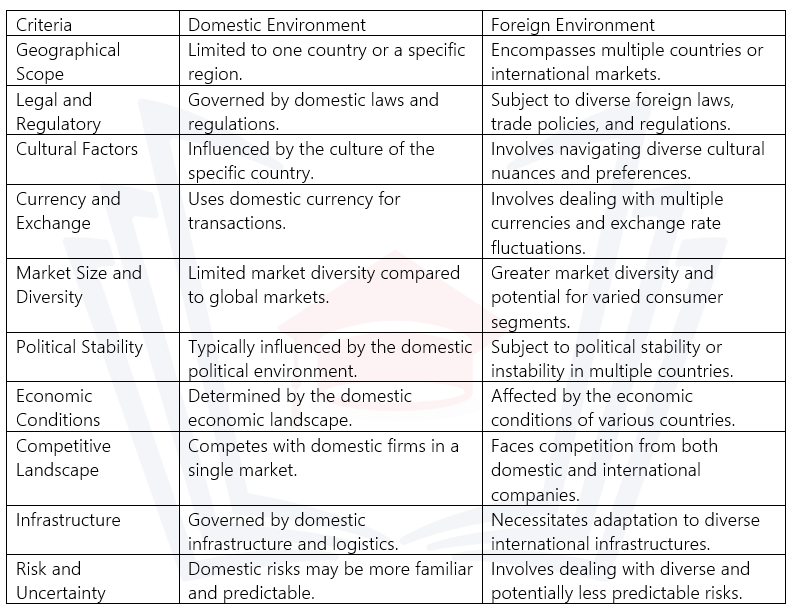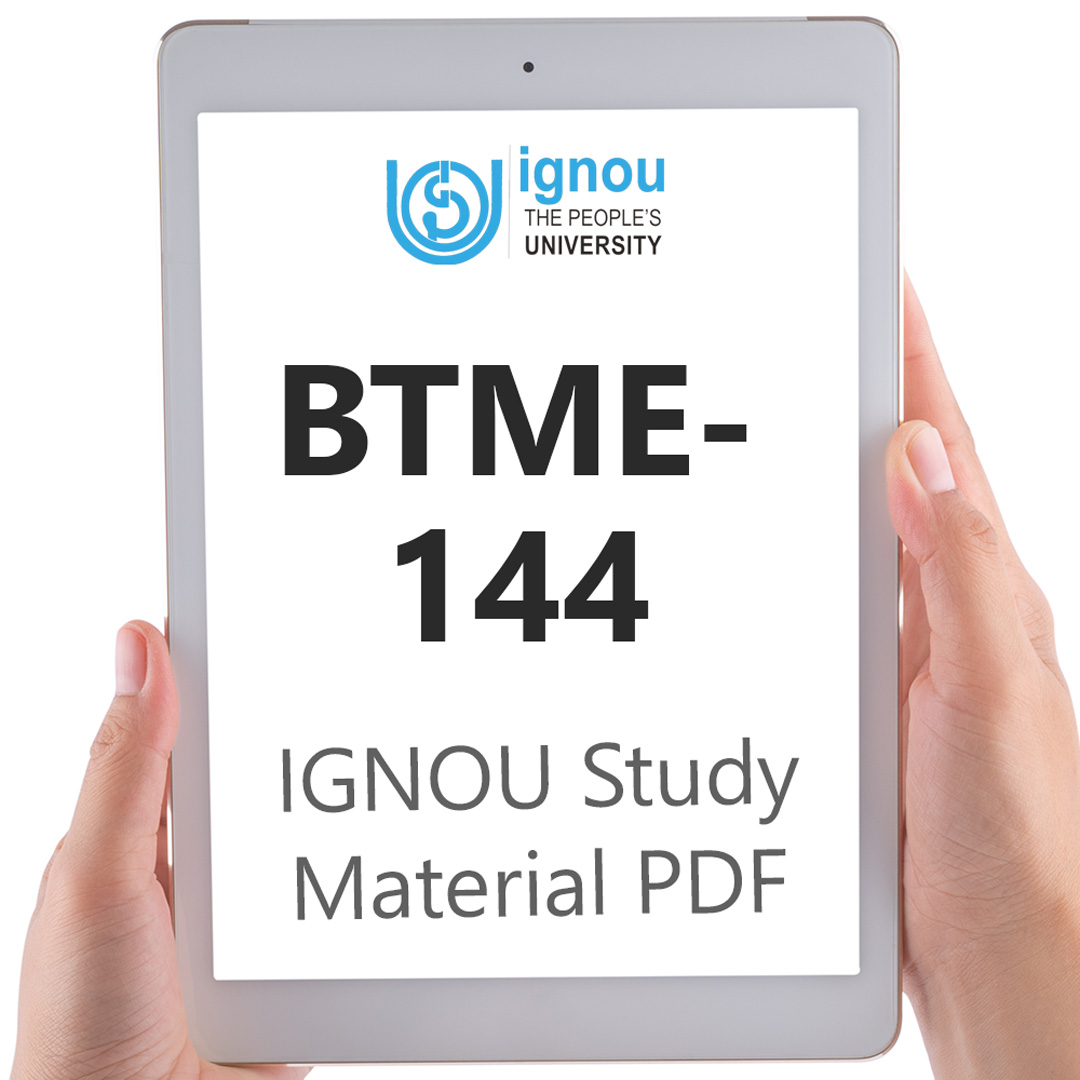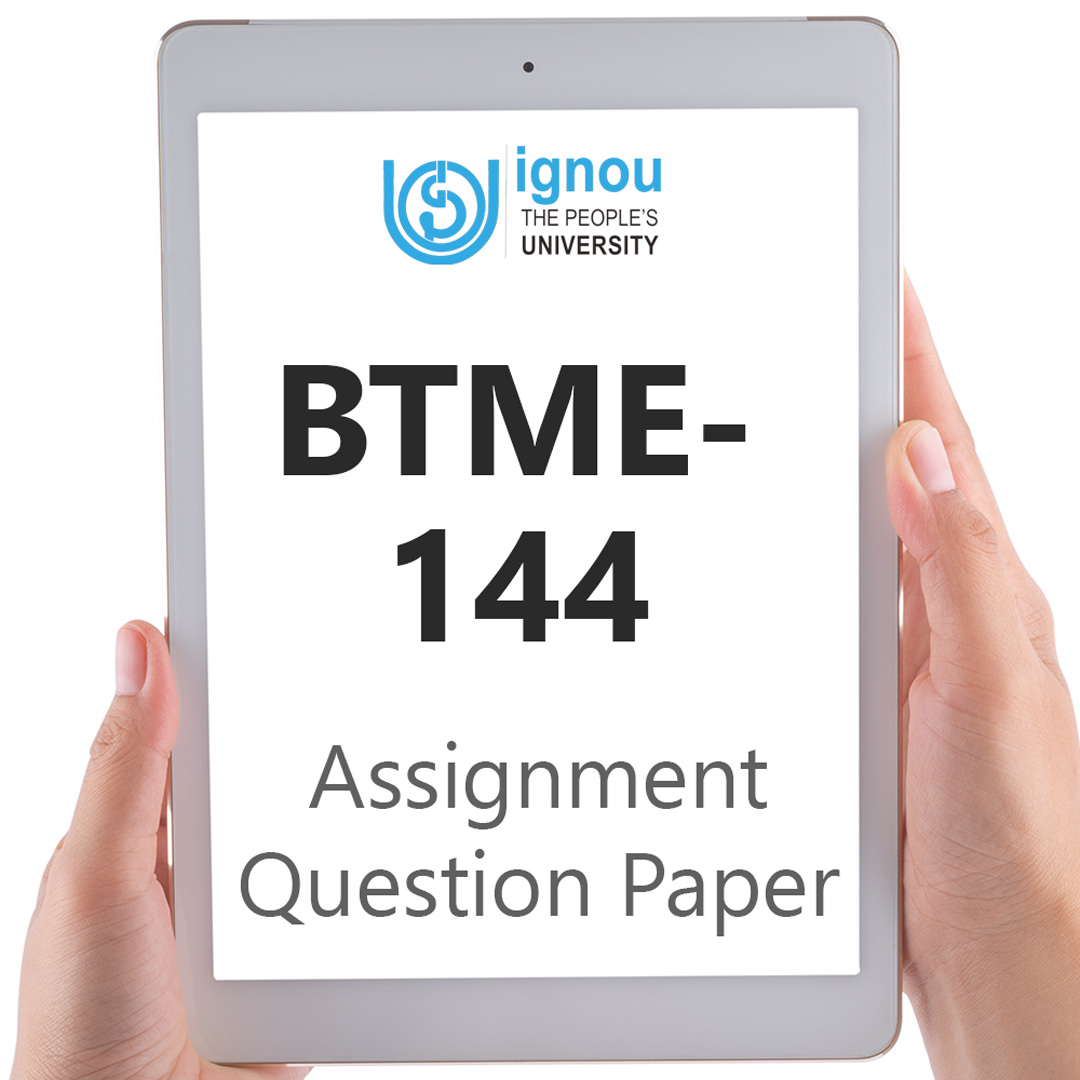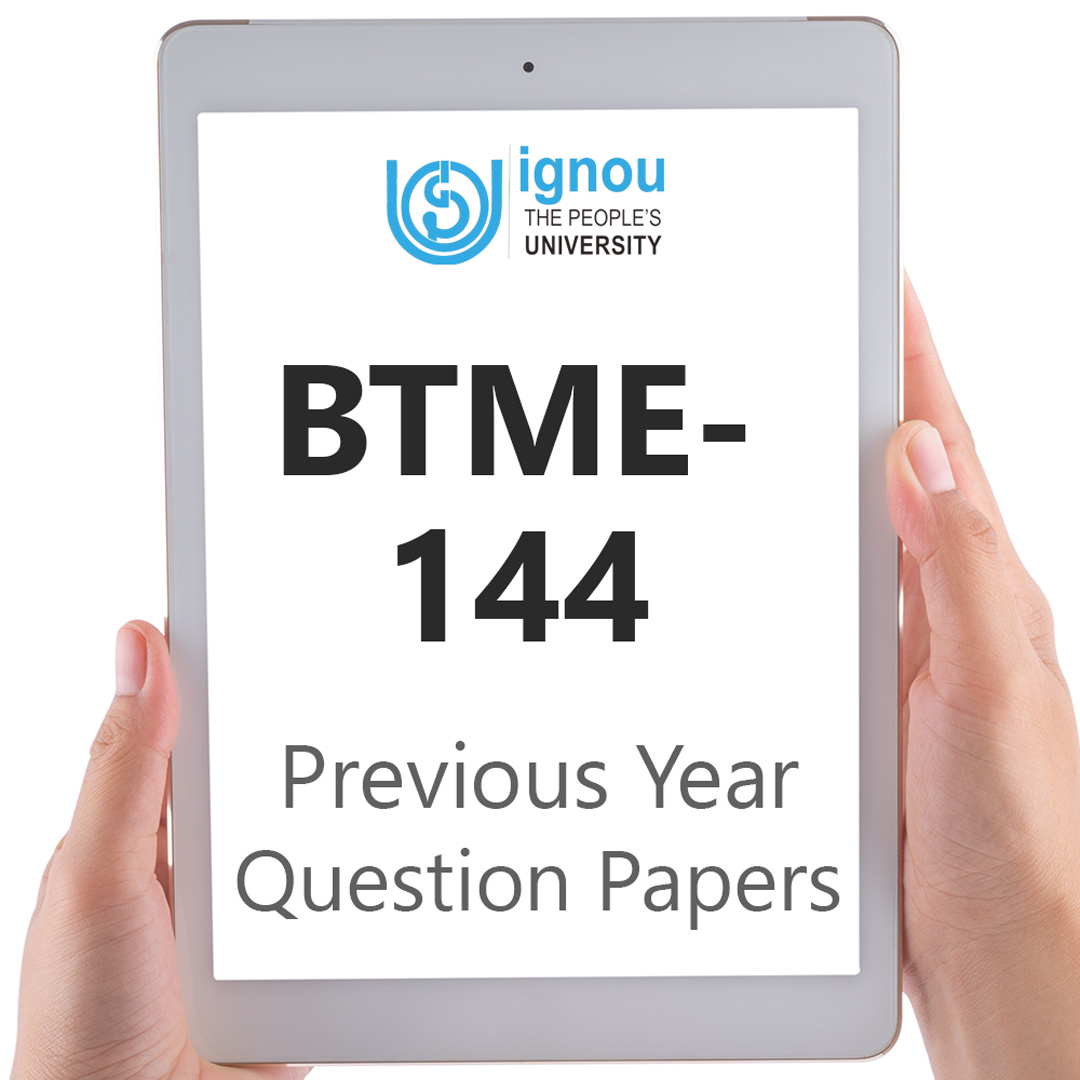If you are looking for BTME-144 IGNOU Solved Assignment solution for the subject Globalization, you have come to the right place. BTME-144 solution on this page applies to 2023-24 session students studying in BAVTM, BATS courses of IGNOU.
BTME-144 Solved Assignment Solution by Gyaniversity
Assignment Code: BTME-144/TMA/2023-24
Course Code: BTME-144
Assignment Name: Globalization
Year: 2023-2024
Verification Status: Verified by Professor
Section-A
Answer the following in about 500 words each.
Q1) What were the basic reasons behind establishment of the Regional Developments Banks? Discuss their role and contribution they have made in promoting development in their respective regions.
Ans) There were three fundamental concepts that were held by developing nations during the 1950s that ultimately resulted in the foundation of regional development banks. To begin, there was a common conviction that the amount of foreign cash that was going into these countries for the purpose of development was insufficient in comparison to the requirements of these countries. It was determined that the foreign mechanisms that are currently in place for the transfer of long-term and medium-term capital are not reliable.
Second, the existing foreign credit system was regarded as having a quantitative flaw since it did not accommodate the many different kinds of projects that are essential for the growth of the economy.
Thirdly, developing countries came to the realisation that the existing international financial institutions were unable to effectively address the financial challenges that were inherent in the implementation of regional cooperation programmes. This was especially prevalent in Latin America by the middle of the 1950s. Existing institutions, such as the World Bank, were viewed as being disproportionately affected by the opinions of wealthy countries, which had the bulk of voting rights. This was an attitude that persisted for a long time.
The establishment of regional development banks was something that was done in response to these concerns. Among them, the Inter-American Development Bank (IADB), the Asian Development Bank (ADB), and the African Development Bank are particularly noteworthy (AfDB).
Inter-American Development Bank (IADB):
Japan, industrialised countries from North America and Western Europe, and South American states are among the 46 countries that are members of the International Asian Development Bank (IADB), which was established in 1959. Loans with terms ranging from 15 to 40 years are made available by the bank for the purpose of financing particular economic and social development initiatives. In order to facilitate technical collaboration, human resource development, and small firm development, it manages a number of funds, such as the Fund for Special Operations and the Multilateral Investment Fund, among others.
Asian Development Bank (ADB):
Founded in 1966 with 31 member governments, the ADB focuses on promoting social and economic progress in the Asian and Pacific region. With a current membership of 57, it gives special attention to smaller or less developed countries and prioritizes regional, sub-regional, and national projects. The ADB extends loans and equity investments, provides technical assistance, promotes and facilitates public and private capital investment, and assists in coordinating development policies. Its strategic development objectives include economic growth, poverty reduction, human development, women's empowerment, and environmental protection.
African Development Bank (AfDB):
Established in 1964 and operational since 1966, the AfDB's shareholders include 53 African countries and 24 countries from the Americas, Europe, and Asia. The bank's functions encompass making loans and equity investments, providing technical assistance, promoting investment, and responding to requests for assistance in coordinating development policies. It places special emphasis on national and multinational projects that foster regional integration. The AfDB actively participates in co-financing activities with other institutions and supports projects across major sectors, with a focus on poverty reduction, environmental management, gender mainstreaming, and population activities.
Q2) Trace the history of various developments since the second world war culminating in the formation of different types of regional groupings.
Ans) The post-World War II era witnessed a complex web of geopolitical, economic, and ideological changes that influenced the formation of various regional groupings across the globe. These developments were shaped by the need for economic cooperation, security alliances, and a desire for political stability.
Marshall Plan and European Integration (1947-1957):
The Marshall Plan, initiated in 1947, aimed at the economic reconstruction of war-torn Europe. It laid the foundation for economic cooperation and integration.
In 1951, the European Coal and Steel Community (ECSC) was formed by six founding members (Belgium, France, Italy, Luxembourg, Netherlands, and West Germany) to coordinate coal and steel production. This marked the beginning of European integration.
Treaty of Rome and the EEC (1957):
The 1957 Treaty of Rome established the European Economic Community (EEC), creating a common market and customs union among its member states.
Subsequent treaties expanded the scope of cooperation, leading to the formation of the European Community (EC) in 1967.
Cold War and NATO (1949):
The North Atlantic Treaty Organization (NATO) was formed in 1949 as a military alliance of Western countries to counter the perceived threat from the Soviet Union during the Cold War. NATO provided a framework for collective defence, fostering political and military cooperation among member states.
ASEAN Formation (1967):
The Association of Southeast Asian Nations (ASEAN) was established in 1967 by Indonesia, Malaysia, the Philippines, Singapore, and Thailand. ASEAN aimed at promoting economic and political cooperation, regional stability, and addressing common challenges in Southeast Asia.
OPEC Formation (1960):
The Organization of the Petroleum Exporting Countries (OPEC) was founded in 1960 by oil-producing nations to coordinate oil production policies. OPEC became a powerful economic bloc, influencing global oil prices and shaping geopolitical dynamics.
African Unity Movements (1963):
The Organization of African Unity (OAU) was established in 1963 to promote unity and cooperation among African nations, addressing issues like decolonization and conflict resolution. The OAU laid the groundwork for later regional economic communities in Africa.
NAFTA and Mercosur (1994):
The North American Free Trade Agreement (NAFTA) was signed in 1994, creating a trade bloc among the United States, Canada, and Mexico. Mercosur, a regional trade bloc in South America, was established in the same year by Argentina, Brazil, Paraguay, and Uruguay.
Post-Cold War Eastern European Integration (1991):
The dissolution of the Soviet Union led to the independence of several Eastern European countries.
The Visegrád Group (V4), comprising Poland, Hungary, Czech Republic, and Slovakia, was formed in 1991 for mutual cooperation and European integration.
European Union Expansion (2004):
The European Union (EU) expanded in 2004 to include several Eastern European countries, fostering economic and political integration.
African Union (2001):
The African Union (AU) was established in 2001, replacing the OAU, to enhance political and economic integration and address challenges facing the continent.
These regional groupings, formed in the wake of World War II and subsequent geopolitical shifts, have played critical roles in promoting economic cooperation, ensuring security, and fostering political stability within their respective regions. They reflect the evolving dynamics of international relations and the pursuit of common goals among nations sharing geographical proximity or common interests.
Section-B
Answer the following in about 250 words each.
Q3) Distinguish between GAIT and WTO. Explain the structure and functions of WTO.
Ans) The WTO functions as a platform for member countries to negotiate trade agreements, resolve disputes, and cooperate on trade-related issues. It aims to facilitate international trade, ensure fair competition, and promote economic development. The organization operates on the principles of non-discrimination, transparency, and predictability in global trade relations.
Q4) Write a note on EPRG Orientations.
Ans) The EPRG model, developed by Howard V. Perlmutter, outlines four distinct orientations that multinational companies (MNCs) may adopt when approaching international business. These orientations are Ethnocentric, Polycentric, Regiocentric, and Geocentric. Each orientation reflects a different mindset and strategy regarding the management of global operations:
Ethnocentric Orientation:
In an ethnocentric approach, the MNC primarily emphasizes its home country's values, practices, and personnel. Key decision-making and strategic planning are centralized at the company's headquarters, often leading to a standardized global approach. This orientation may be suitable for companies with a strong belief in the superiority of their home country's practices.
Polycentric Orientation:
Polycentric orientation involves adapting to the local environment by decentralizing decision-making to subsidiary units in various host countries. Each subsidiary operates somewhat independently, tailoring products and strategies to fit local preferences and conditions. This approach recognizes and respects the diversity of global markets.
Regiocentric Orientation:
In a regiocentric approach, countries are grouped according to the traits that are specific to their regions. This results in strategies that are tailored to the similarities that are shared by each region. A more sophisticated understanding of regional dynamics and customer preferences is made possible as a result of the decentralisation of decision-making to regional headquarters.
Geocentric Orientation:
An approach to corporate operations that is global and integrated is what geocentric orientation strives to achieve. The total global viewpoint of the organisation is taken into consideration while making decisions, rather than the factors of the national or regional level. The objective of this strategy is to strike a balance between increasing global efficiency and increasing local responsiveness.
Q5) What are the marketing concepts? Explain the process of evolution of these concepts.
Ans) The evolution of marketing concepts has seen a shift in focus from product-centric approaches to customer-centric strategies, reflecting changing market dynamics and consumer behaviours.
Production Concept (Late 19th to early 20th century):
The production concept was prevalent during times of product scarcity. Emphasis was on maximizing production efficiency and lowering costs. The assumption was that consumers would prefer widely available, affordable products.
Product Concept (1920s to 1950s):
With increased production capabilities, the focus shifted to product quality, innovation, and features. The belief was that a superior product would inherently attract consumers.
Selling Concept (1950s to 1980s):
The selling concept arose due to market saturation and increased competition. It emphasized aggressive sales and promotional tactics to convince customers to buy existing products. The idea was to sell what the company produced, rather than producing what the market demanded.
Marketing Concept (Since 1960s):
The marketing concept marked a paradigm shift, recognizing the importance of customer needs and satisfaction. Businesses began to focus on understanding customer wants, needs, and preferences. The goal became aligning company offerings with customer demands to achieve long-term success.
Societal Marketing Concept (1970s onward):
The societal marketing concept extends the marketing concept by considering broader societal interests. It emphasizes not only meeting customer needs but also contributing to the well-being of society and addressing environmental concerns.
Holistic Marketing Concept (Late 20th century onward):
Holistic marketing integrates various marketing activities, recognizing that marketing is not just about the product but involves building relationships, enhancing brand image, and delivering value across multiple dimensions.
Relationship Marketing (Late 20th century onward):
Relationship marketing emphasizes building and maintaining long-term relationships with customers. It focuses on customer loyalty, satisfaction, and ongoing engagement.
Section-C
Answer the following in about 100 words each.
Q6) What do you mean by trade in services?
Ans) Trade in services refers to the exchange of intangible products or services between countries. Unlike the trade of goods, which involves physical products, trade in services encompasses transactions related to expertise, skills, or knowledge. This can include sectors such as finance, telecommunications, tourism, education, and technology. International trade in services plays a crucial role in the global economy, fostering economic growth, creating employment opportunities, and facilitating the exchange of specialized services across borders. The World Trade Organization (WTO) has agreements governing trade in services, emphasizing fair competition and liberalization in this dynamic and increasingly important sector.
Q7) Distinguish between domestic and foreign environments.
Ans)The difference between domestic and foreign environments are:
Q8) What is globalization? Enumerate three forces of globalization.
Ans) Globalization is the interconnectedness and interdependence of economies, cultures, and societies worldwide. It involves the exchange of goods, services, information, and ideas on a global scale. Three forces driving globalization are:
Technological Advances:
Rapid advancements in technology, particularly in communication and transportation, have facilitated global connectivity, making it easier for people and businesses to interact and collaborate across borders.
Economic Integration:
Trade liberalization, regional economic blocs, and international agreements have led to increased economic integration, allowing the flow of goods, services, and capital across national boundaries.
Cultural Exchange:
Globalization promotes the sharing and blending of cultural elements, including language, art, music, and values, fostering a more interconnected and diverse global culture.
Q9) What is TNC? Why firms become transnational?
Ans) TNC (Transnational Corporation): A transnational corporation is a large enterprise that operates in multiple countries, with a decentralized approach to management and production.
Firms become transnational for several reasons:
a) Market Expansion: To tap into new markets and customers globally, leveraging opportunities for growth and profitability.
b) Cost Efficiency: Seeking lower production costs, access to resources, and favourable regulatory environments in different countries.
c) Risk Diversification: Spreading operations across countries helps mitigate risks associated with economic downturns, geopolitical instability, or other localized challenges.
d) Access to Talent: To access diverse talent pools and specialized skills available in different regions.
e) Competitive Advantage: Gaining a competitive edge by adapting to diverse consumer preferences and staying innovative in a global context.
Q10) Discuss the main features of India's foreign trade.
Ans) India's foreign trade exhibits several distinctive features:
a) Diverse Exports: India exports a wide range of goods and services, including textiles, pharmaceuticals, IT services, and agricultural products.
b) Trade Deficit: The country often experiences a trade deficit due to higher import values, especially in crude oil, electronic goods, and gold.
c) Trading Partners: Major trading partners include the United States, China, and the UAE, contributing significantly to India's trade.
d) Services Dominance: India's trade balance is characterized by a surplus in services, primarily driven by the IT and software industry.
e) Policy Reforms: Ongoing policy reforms aim to enhance ease of doing business, boost exports, and strengthen India's position in global trade.







